Who was Stanislav Grof?
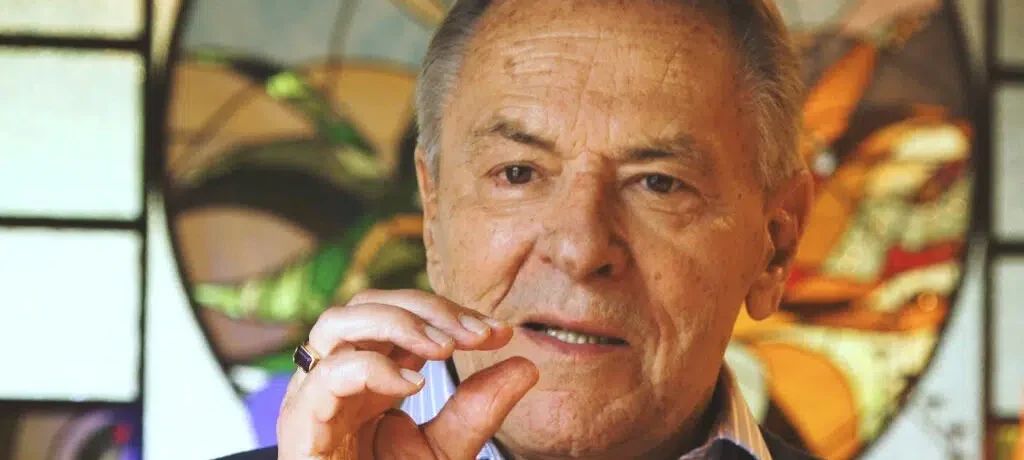
Stanislav Grof, born in 1931 in Prague, Czechoslovakia (now Czech Republic), is a psychiatrist, researcher, and pioneer in the field of transpersonal psychology. His groundbreaking work has explored non-ordinary states of consciousness, including those induced by psychedelic substances and holotropic breathwork, a technique he developed with his wife Christina. Grof’s extensive research has shed light on the vast potential of the human psyche, offering new perspectives on psychological healing, self-exploration, and the nature of reality itself. His contributions have had a profound impact on the fields of psychology, psychotherapy, and consciousness studies, challenging conventional views and opening up new avenues for understanding the depths of the human mind.
Early Life and Education
Grof grew up in Prague during the tumultuous years of World War II and the subsequent communist takeover of Czechoslovakia. Despite the challenging circumstances, he excelled academically and developed a keen interest in the workings of the human mind. He studied medicine at Charles University in Prague, specializing in psychiatry. During his medical studies, Grof became fascinated by the emerging field of psychoanalysis and the ideas of Sigmund Freud, which would later influence his own theoretical framework.
After completing his medical degree in 1956, Grof continued his training in psychiatry at the Psychiatric Research Institute in Prague. It was during this time that he began experimenting with LSD-25, a powerful psychedelic substance that had recently been discovered by Swiss chemist Albert Hofmann. Grof was intrigued by the profound psychological effects of LSD and saw its potential as a tool for exploring the depths of the human psyche.
Psychedelic Research and the Cartography of the Unconscious
In 1960, Grof was invited to join the research team at the Maryland Psychiatric Research Center in Baltimore, USA, where he continued his pioneering work with LSD. Over the next decade, he conducted numerous clinical studies involving the administration of LSD to patients with various mental health conditions, as well as to healthy volunteers. Through this work, Grof developed a comprehensive “cartography” of the human unconscious, mapping out the vast terrain of non-ordinary states of consciousness.
Grof’s research revealed that LSD and other psychedelics could induce a wide range of experiences, from deeply personal psychological insights to transpersonal and mystical states. He identified several distinct levels or domains of the psyche that could be accessed through these non-ordinary states:
a. The Sensory-Aesthetic Level:
Characterized by vivid perceptual changes, heightened sensory awareness, and a sense of aesthetic appreciation.
b. The Psychodynamic Level:
Involving the exploration of personal biographical material, unresolved conflicts, and emotional traumas.
c. The Perinatal Level:
Centered around experiences related to biological birth and the themes of death-rebirth, cosmic engulfment, and struggle.
d. The Transpersonal Level:
Encompassing a vast array of experiences that transcend individual identity, such as archetypal visions, collective unconscious material, and mystical states of unity.
Grof’s cartography provided a comprehensive framework for understanding the rich and diverse experiences that could emerge in non-ordinary states of consciousness. It challenged the prevailing view of the psyche as limited to postnatal biographical material, instead revealing a multidimensional landscape that included perinatal and transpersonal realms.
Birth, Death, and the Holotropic Mind
Central to Grof’s theoretical framework is the concept of the “holotropic mind.” Derived from the Greek words “holos” (whole) and “trepein” (moving toward), holotropic refers to states of consciousness that are oriented toward wholeness and integration. Grof posited that the human psyche has an inherent drive toward wholeness and that non-ordinary states of consciousness, whether induced by psychedelics, breathwork, or other means, can facilitate a movement toward greater psychological integration and spiritual awakening.
A key aspect of Grof’s work is his exploration of the psychological significance of birth and death. Drawing on his extensive research with LSD, he developed a model of the perinatal unconscious, which he divided into four basic perinatal matrices (BPMs):
BPM I: The Amniotic Universe.
This matrix is associated with experiences of cosmic unity, oceanic bliss, and undisturbed intrauterine existence.
BPM II: Cosmic Engulfment and No Exit.
This matrix involves a sense of entrapment, helplessness, and overwhelming anxiety, often with themes of descent into the underworld or a dark void.
BPM III: The Death-Rebirth Struggle.
Characterized by intense psychosomatic experiences, this matrix is associated with a sense of titanic struggle, aggression, and a fight for survival, culminating in a profound death-rebirth experience.
BPM IV: The Death-Rebirth Experience.
This matrix involves a sense of complete annihilation followed by a profound spiritual rebirth, often accompanied by feelings of cosmic unity, redemption, and ecstatic liberation.
Grof saw these perinatal matrices as universal patterns that shape not only the experience of biological birth but also the deep structure of the psyche throughout life. He argued that unresolved material from the perinatal realm could contribute to a wide range of psychological issues and that working through these patterns could lead to profound healing and transformation.
Transpersonal Dimensions and the Cosmic Game
Beyond the perinatal realm, Grof’s cartography of the psyche extends into the vast transpersonal dimensions of human experience. He identified a wide range of transpersonal phenomena that could emerge in non-ordinary states, including:
a. Archetypal and mythological experiences b. Past life memories and karmic themes c. Identification with animals, plants, and other life forms d. Encounters with spiritual guides and deities e. Experiences of cosmic unity and transcendence
Grof saw these transpersonal experiences as evidence of the fundamental interconnectedness of all beings and the ultimately spiritual nature of reality. He developed a cosmology that views the universe as a “cosmic game” – a divine play of consciousness in which all beings are ultimately expressions of a single, unified field of awareness. From this perspective, the journey of self-exploration and self-realization is a process of awakening to one’s true nature as an integral part of the cosmic whole.
Holotropic Breathwork and the Healing Potential of Non-Ordinary States
In the late 1970s, following the criminalization of LSD and other psychedelics, Grof and his wife Christina developed Holotropic Breathwork as a non-pharmacological method for inducing non-ordinary states of consciousness. This technique combines accelerated breathing, evocative music, and focused bodywork to facilitate deep self-exploration and healing.
Grof saw Holotropic Breathwork as a powerful tool for accessing the healing potential of non-ordinary states. He believed that by entering into holotropic states, individuals could release blocked energies, work through unresolved traumas, and connect with the deeper, transpersonal dimensions of their being. Over the past several decades, Holotropic Breathwork has been used by thousands of people worldwide for personal growth, self-discovery, and psychological healing.
The Implications of Grof’s Work for Psychology and Psychiatry
Grof’s pioneering research has had far-reaching implications for the fields of psychology and psychiatry. His work challenges the dominant paradigm of mainstream psychology, which tends to view the psyche as a product of postnatal conditioning and emphasizes the role of cognitive and behavioral factors in mental health. In contrast, Grof’s cartography of the psyche reveals a vast, multidimensional landscape that includes not only biographical material but also perinatal and transpersonal realms.
Grof’s work also challenges the biomedical model of psychiatry, which tends to view mental disorders as the result of chemical imbalances or neurological deficits. Instead, he argues that many psychological issues have their roots in unresolved perinatal and transpersonal material and that non-ordinary states of consciousness can play a crucial role in the healing process. He advocates for a more holistic and experiential approach to mental health, one that recognizes the profound healing potential of self-exploration and inner transformation.
Contributions to Consciousness Studies and the Scientific Exploration of Spirituality
Beyond its implications for psychology and psychiatry, Grof’s work has made significant contributions to the broader field of consciousness studies. His research has helped to bridge the gap between science and spirituality, demonstrating that mystical and transpersonal experiences are not merely subjective or illusory but are rooted in the deep structure of the psyche and can be studied empirically.
Grof’s cartography of the psyche provides a comprehensive framework for understanding the full spectrum of human experience, from the personal to the transpersonal, from the psychological to the spiritual. It offers a way of integrating the insights of ancient wisdom traditions with the findings of modern science, revealing the fundamental unity of mind, matter, and consciousness.
Legacy and Influence
Stanislav Grof’s legacy extends far beyond his groundbreaking research and theoretical contributions. Over the course of his long and prolific career, he has inspired countless individuals to explore the depths of their own psyche and to embrace the transformative potential of non-ordinary states of consciousness. His work has helped to legitimize the scientific study of spirituality and has paved the way for a new paradigm of psychology that recognizes the vast potential of the human mind.
Grof’s influence can be seen in a wide range of fields, from transpersonal psychology and consciousness studies to alternative medicine and the psychedelic renaissance. His ideas have been embraced by a growing number of therapists, researchers, and spiritual seekers who are drawn to his holistic vision of the psyche and his commitment to the healing potential of inner exploration.
Grof’s cartography of the unconscious, with its exploration of perinatal and transpersonal realms, offers a comprehensive framework for understanding the full spectrum of human experience. It invites us to recognize the profound interconnectedness of all beings and the ultimately spiritual nature of existence. At the same time, his work on Holotropic Breathwork and the healing potential of non-ordinary states provides a powerful tool for personal growth and psychological healing.
Read More Depth Psychology Articles:
Taproot Therapy Collective Podcast
Spirituality
Cognitive and Behavioral Psychologists
References
Grof, S. (1975). Realms of the Human Unconscious: Observations from LSD Research. New York: Viking Press.
Grof, S. (1985). Beyond the Brain: Birth, Death, and Transcendence in Psychotherapy. Albany, NY: State University of New York Press.
Grof, S. (1988). The Adventure of Self-Discovery: Dimensions of Consciousness and New Perspectives in Psychotherapy and Inner Exploration. Albany, NY: State University of New York Press.
Grof, S. (1998). The Cosmic Game: Explorations of the Frontiers of Human Consciousness. Albany, NY: State University of New York Press.
Grof, S. (2000). Psychology of the Future: Lessons from Modern Consciousness Research. Albany, NY: State University of New York Press.
Grof, S. (2012). Healing Our Deepest Wounds: The Holotropic Paradigm Shift. Newcastle, WA: Stream of Experience Productions.
Grof, S., & Grof, C. (2010). Holotropic Breathwork: A New Approach to Self-Exploration and Therapy. Albany, NY: State University of New York Press.
Grof, S., & Halifax, J. (1977). The Human Encounter with Death. New York: E. P. Dutton.
Grof, S., & Bennett, H. Z. (1993). The Holotropic Mind: The Three Levels of Human Consciousness and How They Shape Our Lives. San Francisco: HarperSanFrancisco.
Grof, C., & Grof, S. (1991). The Stormy Search for the Self: A Guide to Personal Growth through Transformational Crises. New York: Jeremy P. Tarcher/Putnam.
Yensen, R., & Dryer, D. (1995). Thirty Years of Psychedelic Research: The Spring Grove Experiment and Its Sequels. Yearbook of the European College for the Study of Consciousness, 73-102.
Tarnas, R. (1991). The Passion of the Western Mind: Understanding the Ideas That Have Shaped Our World View. New York: Harmony Books.
Wilber, K. (1995). Sex, Ecology, Spirituality: The Spirit of Evolution. Boston: Shambhala Publications.
Walsh, R., & Grob, C. S. (Eds.). (2005). Higher Wisdom: Eminent Elders Explore the Continuing Impact of Psychedelics. Albany, NY: State University of New York Press.
Mithoefer, M. C., Grob, C. S., & Brewerton, T. D. (2016). Novel Psychopharmacological Therapies for Psychiatric Disorders: Psilocybin and MDMA. The Lancet Psychiatry, 3(5), 481-488.
Carhart-Harris, R. L., & Goodwin, G. M. (2017). The Therapeutic Potential of Psychedelic Drugs: Past, Present, and Future. Neuropsychopharmacology, 42(11), 2105-2113.
Garcia-Romeu, A., Kersgaard, B., & Addy, P. H. (2016). Clinical Applications of Hallucinogens: A Review. Experimental and Clinical Psychopharmacology, 24(4), 229-268.
Richards, W. A. (2015). Sacred Knowledge: Psychedelics and Religious Experiences. New York: Columbia University Press.
Pollan, M. (2018). How to Change Your Mind: What the New Science of Psychedelics Teaches Us About Consciousness, Dying, Addiction, Depression, and Transcendence. New York: Penguin Press.
Grof, S. (2019). The Way of the Psychonaut: Encyclopedia for Inner Journeys (Vol. 1). Santa Cruz, CA: Multidisciplinary Association for Psychedelic Studies (MAPS).


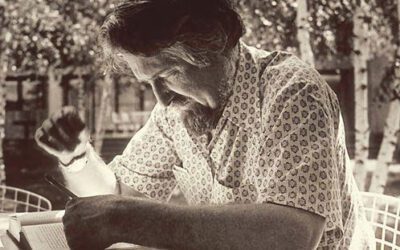






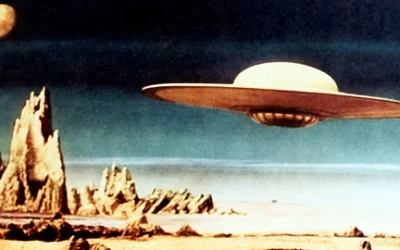





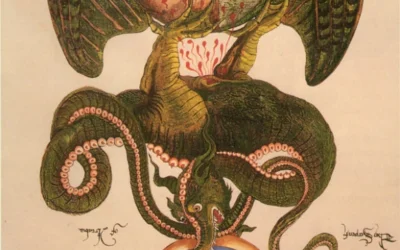




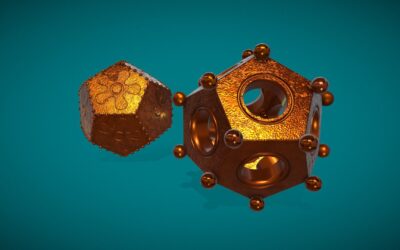

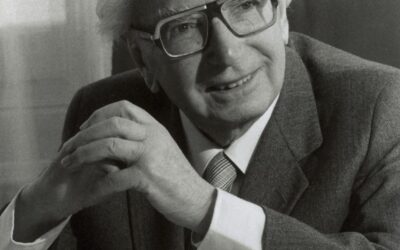
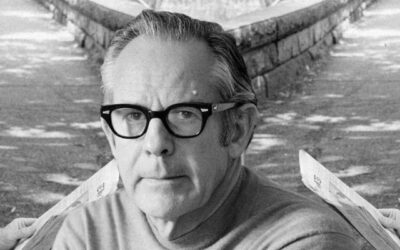
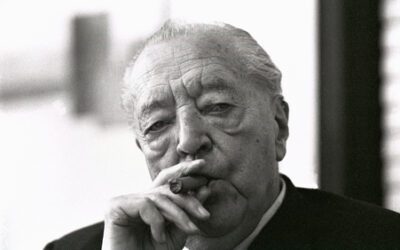
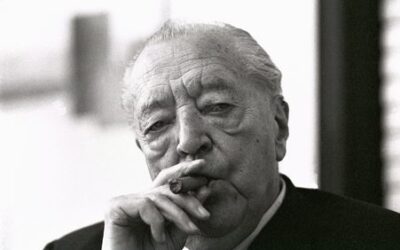
0 Comments